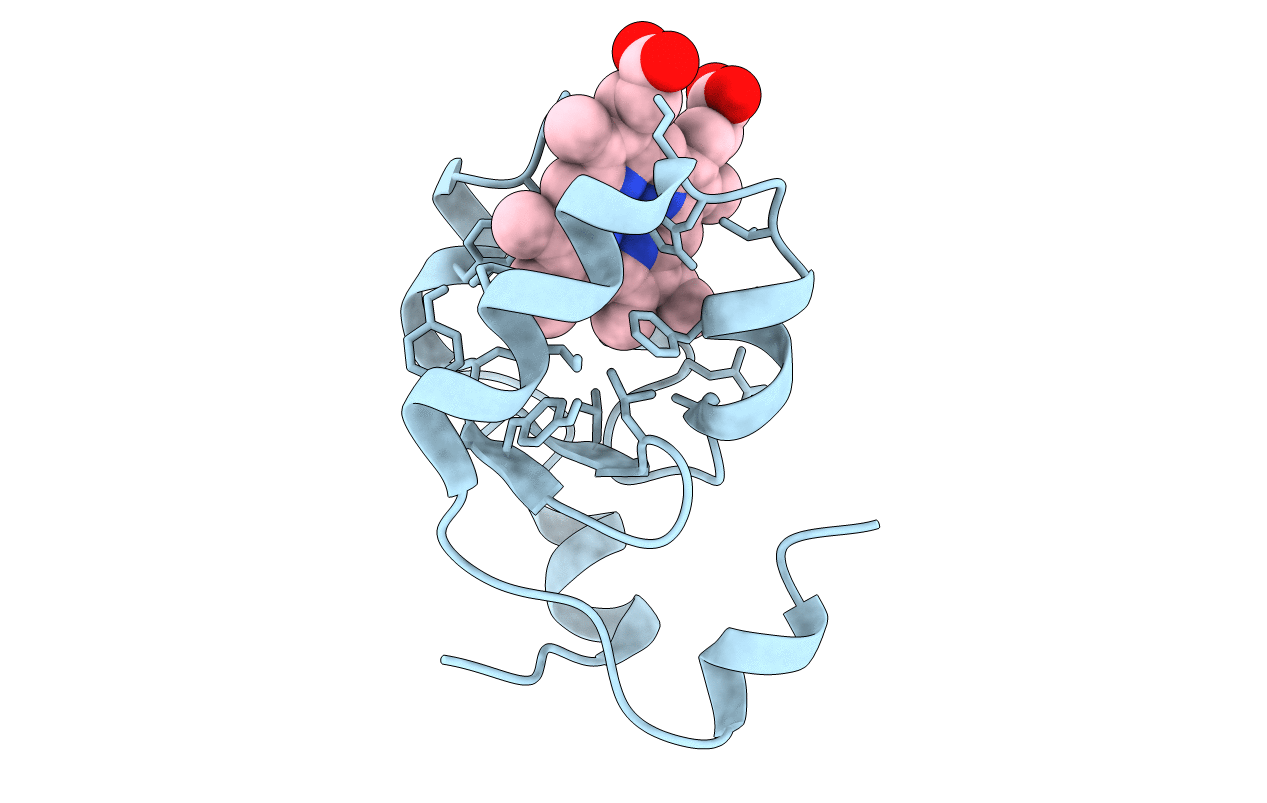
Deposition Date
1997-07-28
Release Date
1997-09-17
Last Version Date
2024-05-22
Entry Detail
PDB ID:
1AQA
Keywords:
Title:
SOLUTION STRUCTURE OF REDUCED MICROSOMAL RAT CYTOCHROME B5, NMR, MINIMIZED AVERAGE STRUCTURE
Biological Source:
Source Organism:
Rattus norvegicus (Taxon ID: 10116)
Host Organism:
Method Details:
Experimental Method:
Conformers Calculated:
40
Conformers Submitted:
1
Selection Criteria:
MINIMIZED AVERAGE


